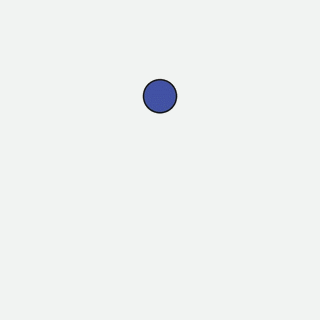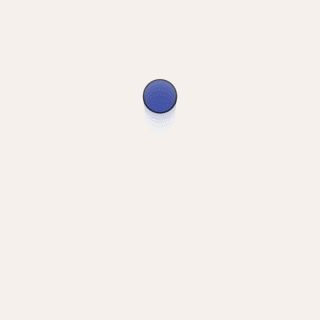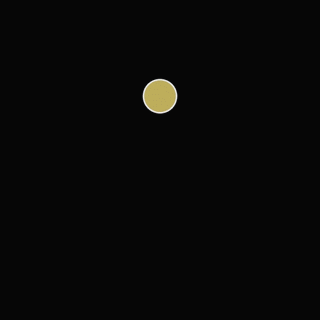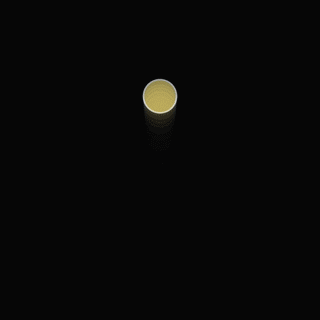Onion-skin ghost (fake motion blur)
Posted: 2019-05-31T20:11:19-07:00
Wondering if anyone can offer suggestions for a better approach to doing this...
("Version: ImageMagick 6.9.0-1 Q16 x86 2014-12-22")
This basically takes the previous 10 frames and blends them into the current frame, stronger and stronger, to give the illusion of motion blur. It's not 'tweening' because the current frame should be the strongest compared to the previous, and so on. I believe the term is onion-skinning or ghost-framing. Ideally the original frame should be as strong as it actually is, but that is far more complicated than I can figure out when dealing with different scenarios.




Here's the full script, up to 200 frames:-
http://www.violae.net/temp/onion-skin-ghost_bat.txt
(frame 000 takes its 10 frames from 989-999)
credit to Brad Eustathios for testing animation:-
https://dribbble.com/shots/4442558-Ball-Bounce-Split
("Version: ImageMagick 6.9.0-1 Q16 x86 2014-12-22")
This basically takes the previous 10 frames and blends them into the current frame, stronger and stronger, to give the illusion of motion blur. It's not 'tweening' because the current frame should be the strongest compared to the previous, and so on. I believe the term is onion-skinning or ghost-framing. Ideally the original frame should be as strong as it actually is, but that is far more complicated than I can figure out when dealing with different scenarios.
Code: Select all
composite inp200.jpg -blend 60x40 inp199.jpg tmp200a.jpg
composite inp198.jpg -blend 60x40 inp197.jpg tmp200b.jpg
composite inp196.jpg -blend 60x40 inp195.jpg tmp200c.jpg
composite inp194.jpg -blend 60x40 inp193.jpg tmp200d.jpg
composite inp192.jpg -blend 60x40 inp191.jpg tmp200e.jpg
composite inp190.jpg -blend 60x40 inp189.jpg tmp200f.jpg
composite tmp200a.jpg -blend 60x40 tmp200b.jpg tmp200z.jpg
composite tmp200c.jpg -blend 60x40 tmp200d.jpg tmp200y.jpg
composite tmp200e.jpg -blend 60x40 tmp200f.jpg tmp200x.jpg
composite tmp200x.jpg -blend 40x60 tmp200y.jpg tmp200z1.jpg
composite tmp200y.jpg -blend 40x60 tmp200z.jpg tmp200z2.jpg
composite tmp200z1.jpg -blend 20x80 tmp200z2.jpg tmp200z9.jpg
composite tmp200z9.jpg -blend 40x60 inp200.jpg out200.jpg
del tmp*.*



Here's the full script, up to 200 frames:-
http://www.violae.net/temp/onion-skin-ghost_bat.txt
(frame 000 takes its 10 frames from 989-999)
credit to Brad Eustathios for testing animation:-
https://dribbble.com/shots/4442558-Ball-Bounce-Split